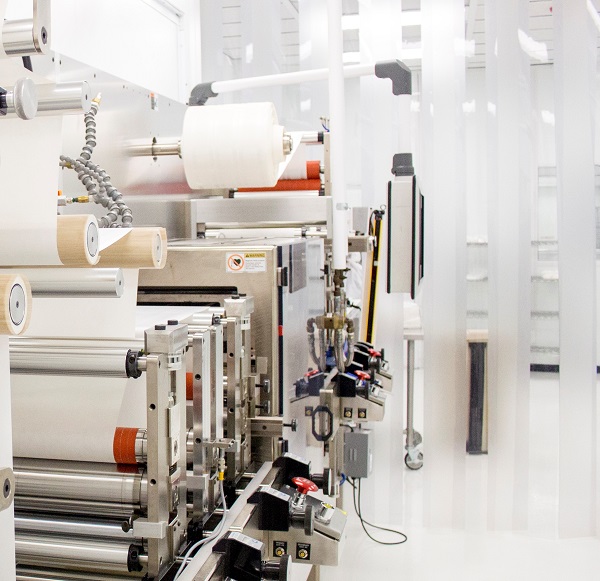Finding Clarity with Vision Systems
Are you using machine vision systems in your medical device or pharmaceutical inspection processes? The prospect of automated, consistent quality inspections is thrilling to every medical and pharmaceutical producer. Yet, if the concept is so great, why isn’t every health care manufacturer already on board?
It’s complicated. In early iterations (the 1980s), machine vision was limited in its number of ideal applications. Analog cameras and frame grabbers were constraining. Even so, the advantages over the human eye when it was suited were undeniably attractive.
How Machine Vision Systems Improve Quality
A vision system can inspect its subject without missing a beat. It can take on every piece that comes down the line, rather than the spot-checking we must accept when people are performing the task. A vision system doesn't miss anything that it's been programmed not to miss. And it doesn't get distracted or tired. The vision system is also a super-hero in that its visual acuity easily outperforms the sharpest human eyes, allowing extreme magnifications and lightning-fast reading.

Practical Challenges
The downside that has dogged machine vision has been that, in and of itself, a vision system could provide only one thing: information. The user needed to devise other means (technology) by which to set, process, and identify quality actions for every type of inspection for each and every product. The programming and execution of customized precision have proven to be no small feat. And the potential effects on cost and time have been a real and present danger. Can vision systems be the right solution in a heavily regulated industry where quality can mean life or death?
Consider newer FDA UDI requirements, for example: Incorporating vision systems to verify labeling with 1- or 2-D codes at one or more checkpoints. At first glance, machine vision applied here sounds like a godsend. Yet, it will require validation of the entire vision system using GAMP before getting started. Hard stop?
So, where do the pros and cons leave the relationship between medical manufacturing and vision systems? According to Forbes, in a pretty good place: it named machine vision as a top transformative technology for the health care industry in 2020.
Today’s vision systems use smart cameras with internal processing that make imaging faster and more precise, expanding their bandwidth. Indeed, some medical manufacturers who adopted earlier systems have experienced success with machine vision inspections of medical devices, such as insulin pens or implantables. The development of application-based solutions and documentation capabilities could result in higher, more consistent quality output, with faster production. But what's in the works for the next-gen systems holds even more excitement.
A New World is Coming
Machine vision systems are being reinvented based on the emergence of sophisticated software algorithms. There are two categories of this advanced technology that are game-changers for machine vision systems: machine learning and deep learning. The wow factor of machine learning is that algorithms can modify themselves until they produce a precise output. Machine learning relies on highly organized, structured data files to reach the ideal output.
The second category, deep learning, is, quite frankly, more mind-blowing. The wow factor here is that it even exists. Deep learning aspires to function like the human brain. It piles many layers of algorithms (called artificial neural networks) to analyze, inform, and implement the desired output. Each layer interprets data from a different perspective. The data does not have to be structured or labeled. Each layer’s finding is compiled into an amalgamation that confirms and produces the desired output.
These capabilities are rapidly advancing machine vision systems design and increasing their appeal for all manufacturing. And they could lead global medical device and pharmaceutical players to a major fork in the road; here’s why:
Since both machine and deep learning lead a vision system to change continuously, per se, they really become the opposite of validation. Validation relies on a static state, where things are proven to function correctly and then NOT changed!
In addition, the new EU MDR era is dawning. ISO 11607s updates include a new section on visual inspection. Change is as inevitable. If the technology breakthroughs in vision systems are realized, the 2020s decade could be transformative to how our industry manages critical inspections—and regulations—surrounding health care product production.
For now, it makes sense to explore, consider and test the waters with today’s vision systems. If a vision system can streamline and outperform a current process, acting now could put you ahead of the curve for the future. Where do you stand?



.png)